#BeatPlasticPollution is back again as the theme for World Environment Day on 5 June 2025. This itself shows the gravity of the plastic crisis that the world is faced with, and it is a great opportunity for us to respond to the Himalayan waste crisis and promote mountain solutions.
The plastic waste crisis is now beyond just an issue of waste management but one that intersects with public and planetary health. Plastic pollution permeates every corner of the planet, even in the highest mountains and our bodies in the form of microplastics and nanoplastics. A 2019 WWF report suggests that we consume an average of 5g or a debit card size of plastic a week. Toxics Link in 2024, found microplastic in all 10 samples of salt and 5 samples of sugar they studied in the Indian market. Microplastics have become part of our daily food and drinks and their impacts to our health is emerging rapidly.
There is mounting evidence of plastic and its additives are endocrine disruptors, cancer producing, contributing to hormonal disbalance, weight gain, infertilityas well as increased risk of heart attack. “Chemicals in Plastics: A Technical Report” UNEP 2023 states that “more than 13,000 chemicals have been identified as associated with plastics and plastic production across a wide range of applications. Ten groups of chemicals (based on chemistry, uses, or sources) are identified as being of major concern due to their high toxicity and potential to migrate or be released from plastics”. This number has been updated to over 16000 chemicals in plastic in the State of Science on Plastic Chemical report by PlastChem 2024. The impacts of plastic on biodiversity, water, air and soil health is also well documented that threatens the well-being of all.
Plastic waste is a production issue as well as a design flaw. The study, “Production, use, and fate of all plastics ever made” highlighted this issue when they reported that only around 9% of all plastic ever made was recycled. The paper busted the myth of plastic recycling as the panacea of plastic pollution and highlighted the limits to recycling. Most plastics are transported across large distances even beyond national boundaries and downcycled, burnt or dumped in open landfills. To top it all, “Half of all plastic produced is designed to be used only once — and then thrown away”UNEP 2018. The finite resources of the world cannot sustain a plastic production system where “Half of the plastic ever manufactured has been produced in the past 15 years.” World Bank 2018. “In 2017, packaging production constituted the highest-demanded use of plastic, with 146 million metric tons used”Statistica
These are the reasons globally the International Negotiating Committee is working towards a global treaty to end plastic pollution. The INC is meeting soon and the world looks forward to a strong and binding treaty.
While globally, countries are attempting to address the issue, in the mountains, the plastic waste crisis has a Himalayan manifestation where owing to remoteness and accessibility issues, waste management systems are challenged and broken. A systematic approach to collection, aggregation and linkage to recycling is in its nascent stage for most areas. Even for places that have managed to set up systems of waste collection, the transport costs to link with recycling facilities that are far away in the plains is extremely high. Linkages for recycling are largely dependent on the informal sector of waste pickers and waste dealers. These mountain issues have not been addressed by policies and resource allocation making redress challenging.
The main challenge also is that a large part of the plastic waste is non- recyclable plastics (mainly multilayered plastics) that have no solutions post disposal. The Himalayan Cleanup since 2018 have consistently shown that over 75% of plastic waste audited are non-recyclable. Single-use sanitary products like sanitary pads and diapers prove an additional challenge in the Himalaya for waste managers for its non-recyclability along with textile waste that are plastic based is also becoming an issue in the Himalaya.
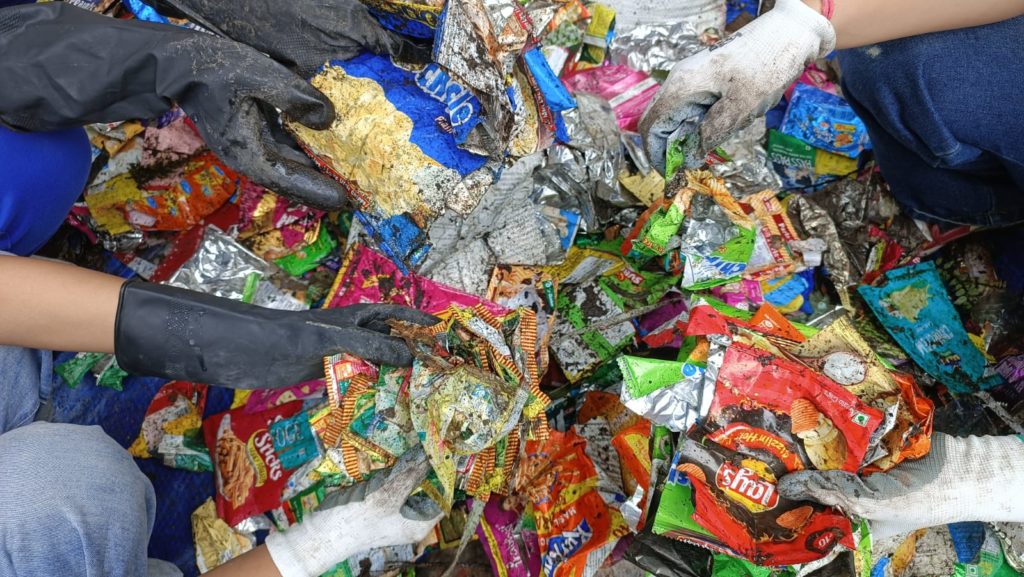
These plastics just go up and accumulate in the mountains, even in the most remote corners, with no means for their recovery. Government norms stipulate that these plastics, categorised as residual waste, can be collected and sent as fuel in cement kilns, but for most mountain areas, the aggregation and transportation costs to send these to cement kilns is very high. This intervention does not factor in the environmental and toxic costs of burning plastic.
An important narrative shift has come through the Extended Producer Responsibility 2022 under the plastic waste management rules 2016 that demands companies be responsible for their plastic waste but like with all other policies, this has found very little implementation in the mountains. Given the socio-ecological importance and fragility of the Himalayan region, companies must take more efforts to ensure safeguarding of these spaces through better management of their plastic waste. The situation, sadly, is quite the opposite where companies take a one way up approach to send their products up the mountains but take no responsibility for its management.
Importantly, companies must work to design waste out of the production systems, and move from linear systems to adopting circularity. Materials that have no solutions and will only pile up (such as food wrappers) makes no sense to be produced in the first place, and these have to be eradicated. India’s Plastic Waste Management Rules of 2016 had stipulated the phasing out of multilayered plastics within 2 years. But right before the 2 years passed, the rule was changed for such plastics to be energy recoverable or in simple terms, burnt for energy. This has become highly problematic as burning for waste is a false solution that has been promoted. Not only is it polluting and adding to the climate crisis but also such false narratives promote the production of more plastics.
Reuse and refill systems that were prevalent in the past were proven solutions and have to be promoted and brought back to push back on single use plastics. There is a need to look at waste from a complete life cycle perspective and not just end of life management issues.
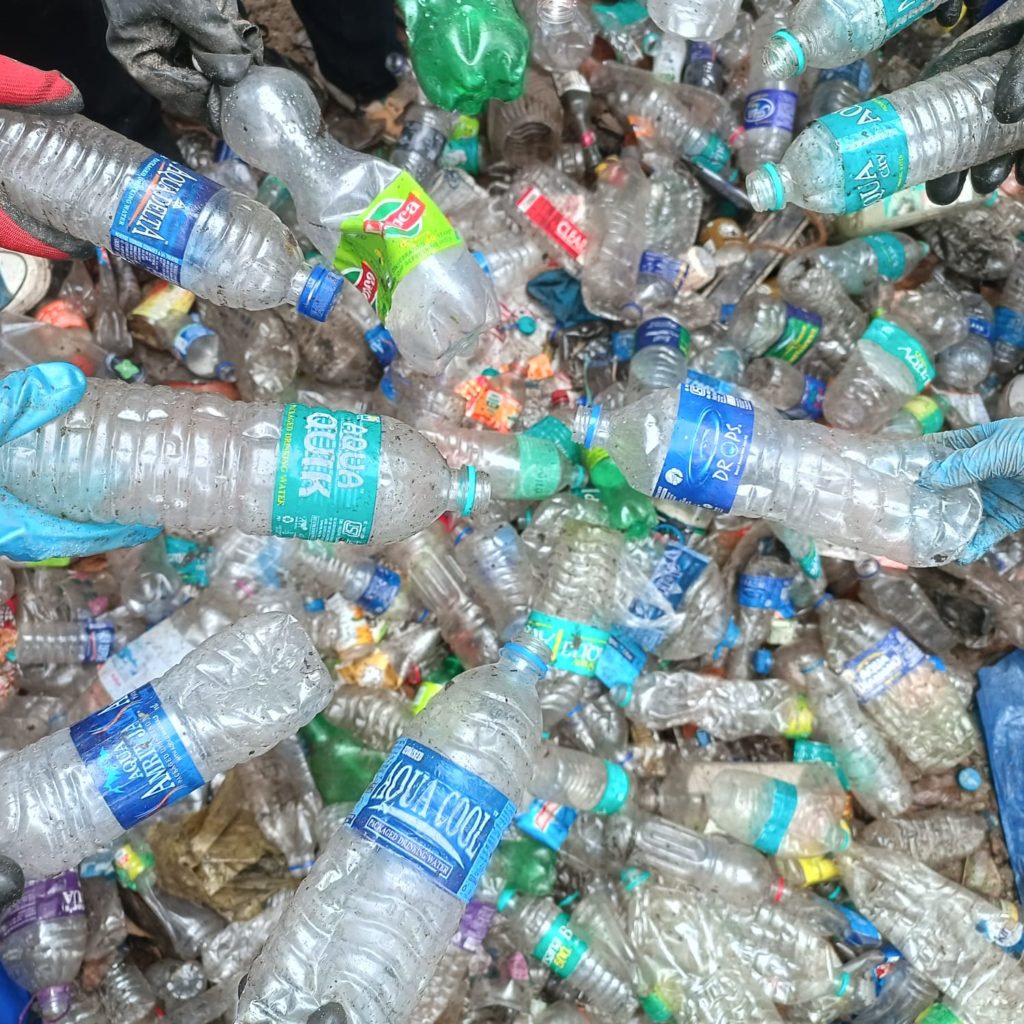
Besides the plastic waste problem, what is lurking in the shadows is the issue of ill health that comes from ultra processed food consumption that the plastic packages contain. The Himalayan Cleanup 2024 showed that over 84% of all plastic audited came from food and beverage packaging of which over 70% was non-recyclable. Ultraprocessed food is now shown to be one of the key contributing factors to non-communicable diseases like obesity, diabetes type II and hypertension. These industrially produced edible substances also impact mental well being.
Awareness on impacts of ultraprocessed foods is extremely low. They are also celebrity endorsed and pushed through heavy advertisements. Companies also do not clearly label the ingredients of their products. There is an increasing practice of greenwashing through clever use of words like – eco, bio, real, natural, organic or green, which leaves consumers confused. A clear front of package labeling that is easy to understand for all is urgently required. Targeted advertisements of junk food to children also must be restricted. The lunch boxes of school children have also succumbed to the plastic packaged foods onslaught. It is imperative that school children eat healthy, fresh and wholesome balanced meals sourced locally. Movements on this are underway in India and are slowly picking up momentum but there is still a long way to go.
Eating locally produced foods and promoting local food systems packed in traditional biodegradable packing materials in local markets that are abundantly prevalent across the Himalaya has to be foregrounded as waste action. Waste needs to be addressed in its multidimensionality of food and nutrition security, public health, biodiversity and the climate crisis.
The change in narrative from a complete life span perspective of plastic is key to address the crisis we have created. All of us have a role to play in reducing our waste, saying no to single-use plastic and adopting the various alternatives that World Environment Day 2025 calls on us to practise in our everyday lives. At the individual and community level, reducing and refusing the use of plastic are powerful solutions that shift the narrative from recycling and end of life waste management issues to an individual lifestyle choice to not produce waste. Detox from plastic as well as shifting into alternatives enables the exploration of intersections of plastic waste from the lens of local and unpackaged food markets and systems, composting and growing your own food and saying no to plastic packaged and ultra processed foods, DIYs (do it yourself) and repair initiatives, sustainable menstrual products and slow fashion and most importantly creating communities of practitioners.
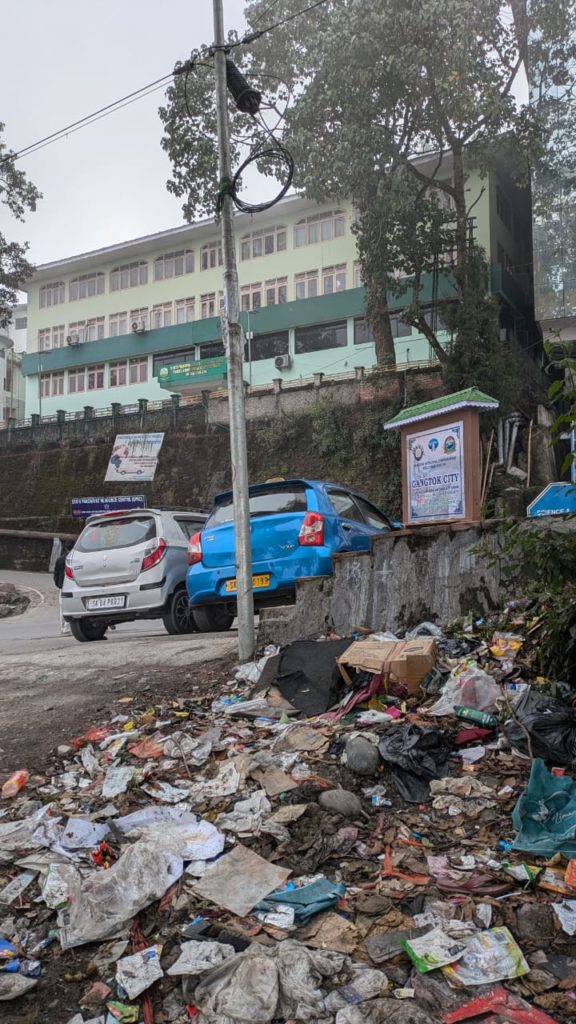
The change in lifestyle becomes the basis for us to demand systemic changes that solve the problem and not shift it. Our individual actions have to be institutionalised and institutional processes that ensure reduction of plastic consumption are real solutions to be promoted. Plastic waste management at the local level stands upon good practices of solid waste management thus the basic “segregation at source”, decentralised treatment and linkages have to become the norm that is practised.
Demanding and ensuring extended producer responsibility is critical as plastic pollution is a production issue. Ultimately the problematic plastics have to be designed out of the system and companies have to shoulder their responsibility to end plastic pollution.
Writes – Priyadarshinee Shrestha / Roshan Rai

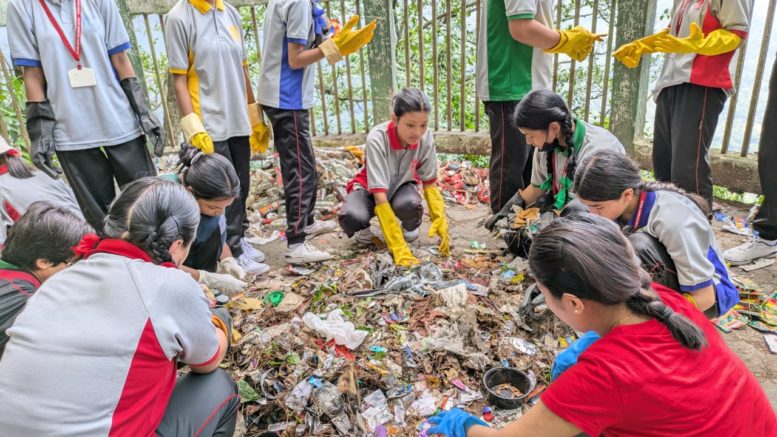



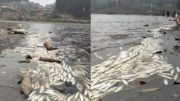
Be the first to comment on "Are we ready to #BeatPlasticPollution, this World Environment Day?"